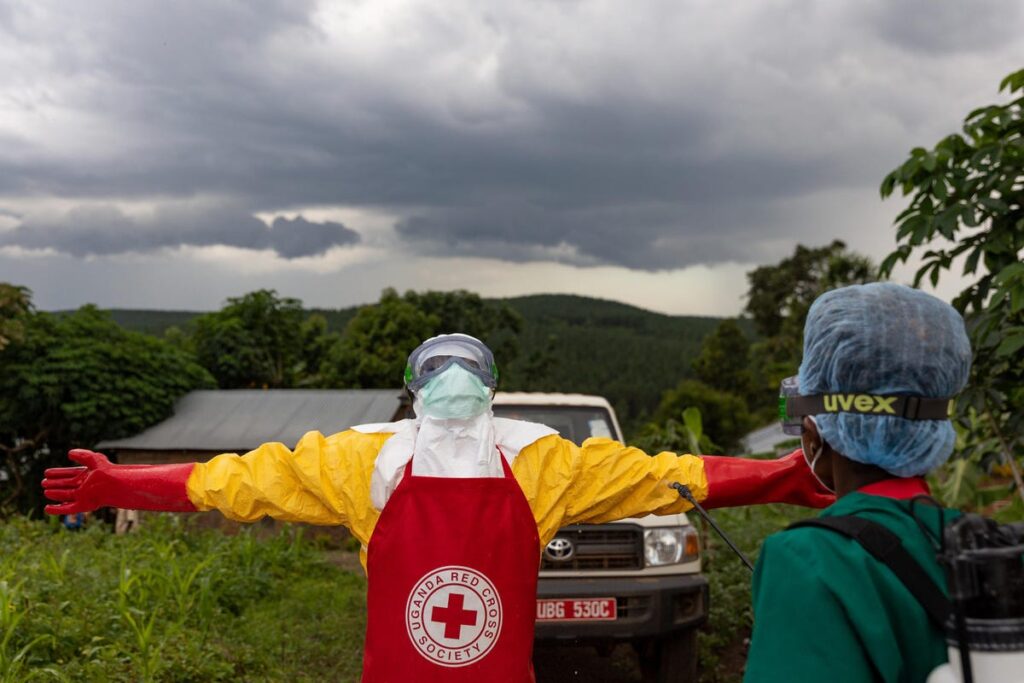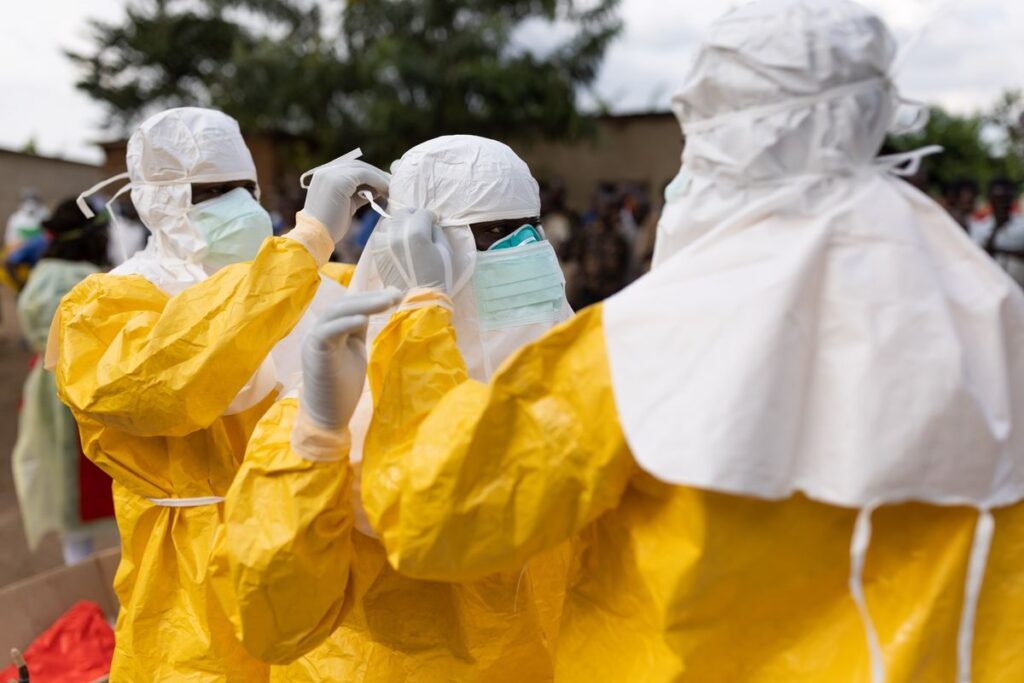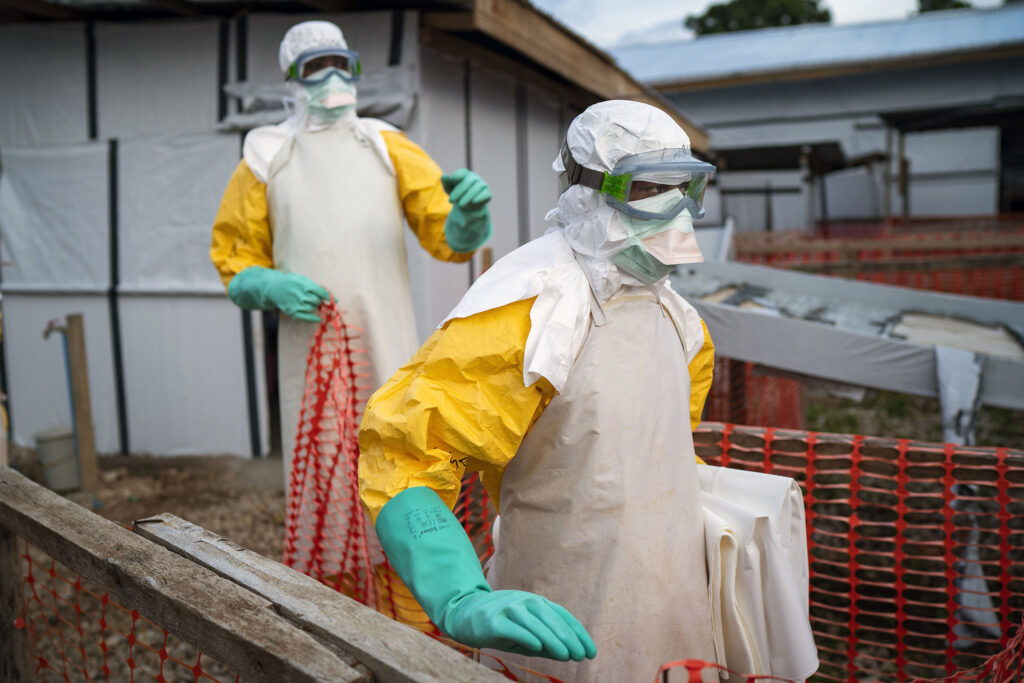Common Signs and symptoms of the Ebola Virus Disease (EVD)
Most of the Signs and symptoms of the Ebola Virus Disease (EVD) may take between 02 – 21 days to manifest after contact with the virus. The process of the Ebola Virus typically changes from “dry” symptoms initially (such as fever, aches and pains, and fatigue), to “wet” symptoms (such as diarrhea and vomiting) as the person becomes sicker.
Primary signs and symptoms of Ebola often include some or several of the following:
- Fever
- Aches and pains, such as severe headaches and muscle and joint pain
- Weakness and fatigue
- Sore throat
- Loss of appetite
- Gastrointestinal symptoms include abdominal pain, diarrhea, and vomiting
- Unexplained hemorrhaging, bleeding, or bruising
Other symptoms may include red eyes, skin rash, and hiccups (late-stage).
Many common illnesses can have the same symptoms as the Ebola Virus Disease, including influenza (flu), malaria, or typhoid fever.
The Ebola Virus Disease (EVD) is a rare but severe and often deadly disease. Recovery from EVD depends on good supportive clinical care and the patient’s immune response. Studies show that survivors of Ebola virus infection have antibodies (proteins made by the immune system that identify and neutralize invading viruses) that can be detected in the blood up to 10 years after recovery. Survivors are thought to have some protective immunity to the type of Ebola that sickened them.





